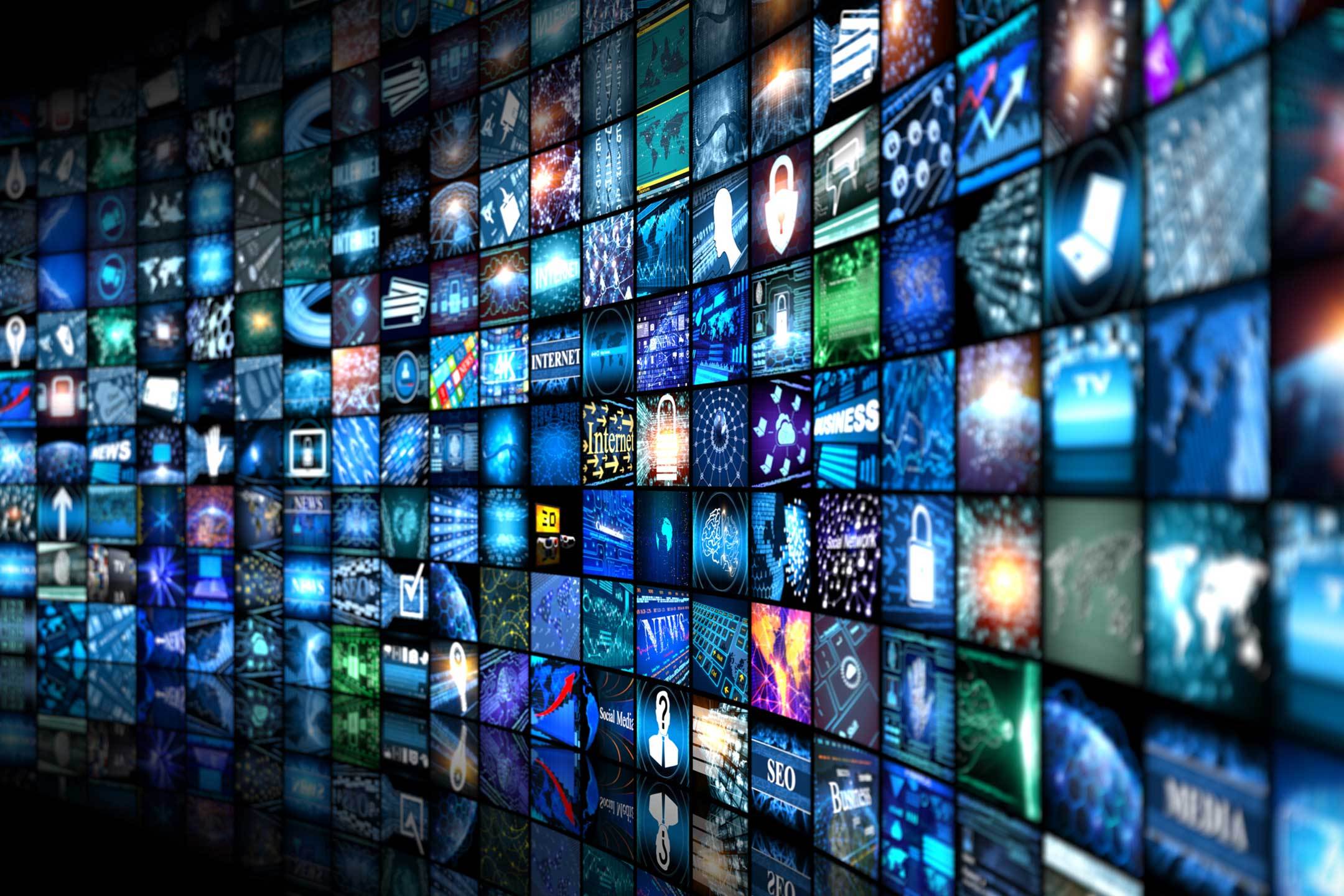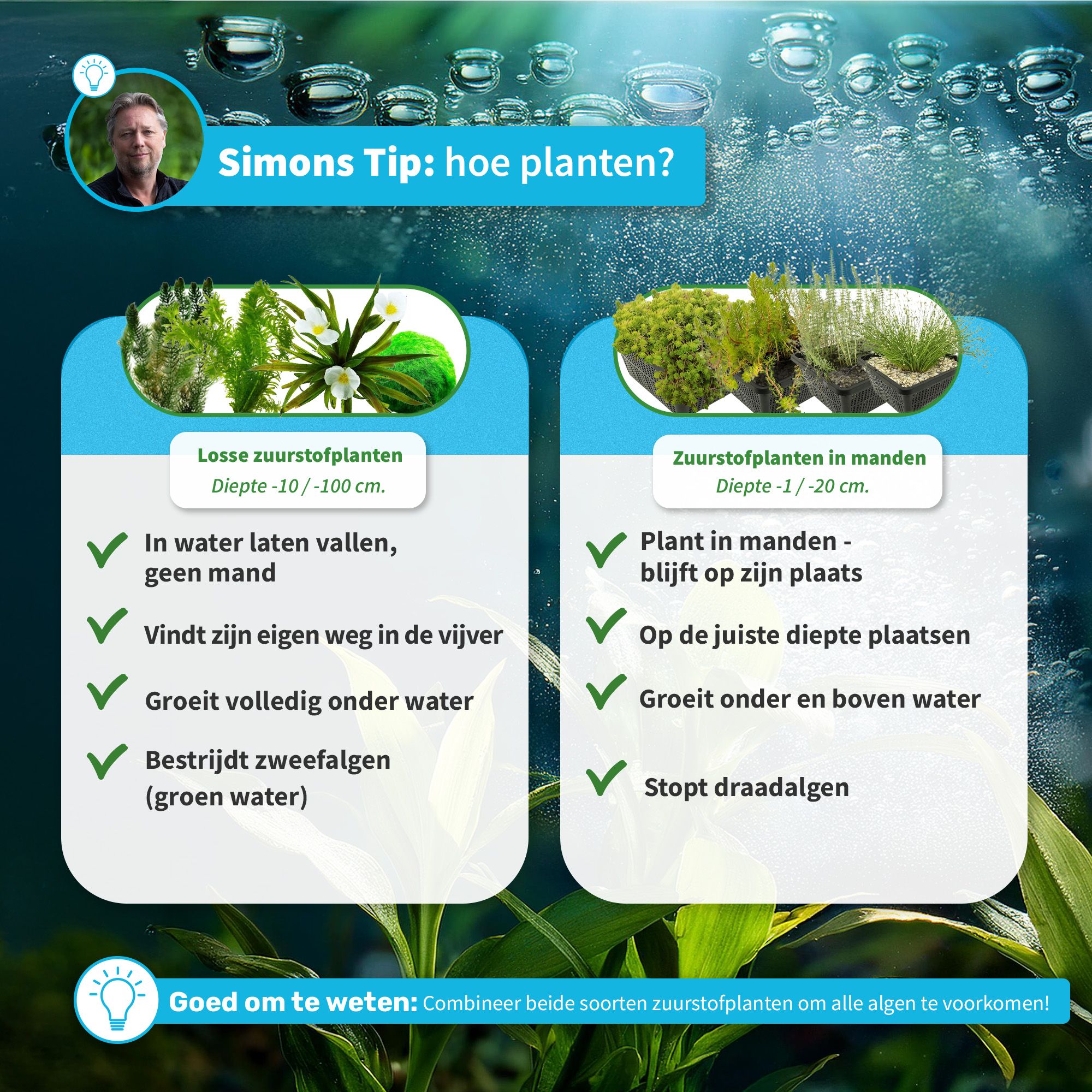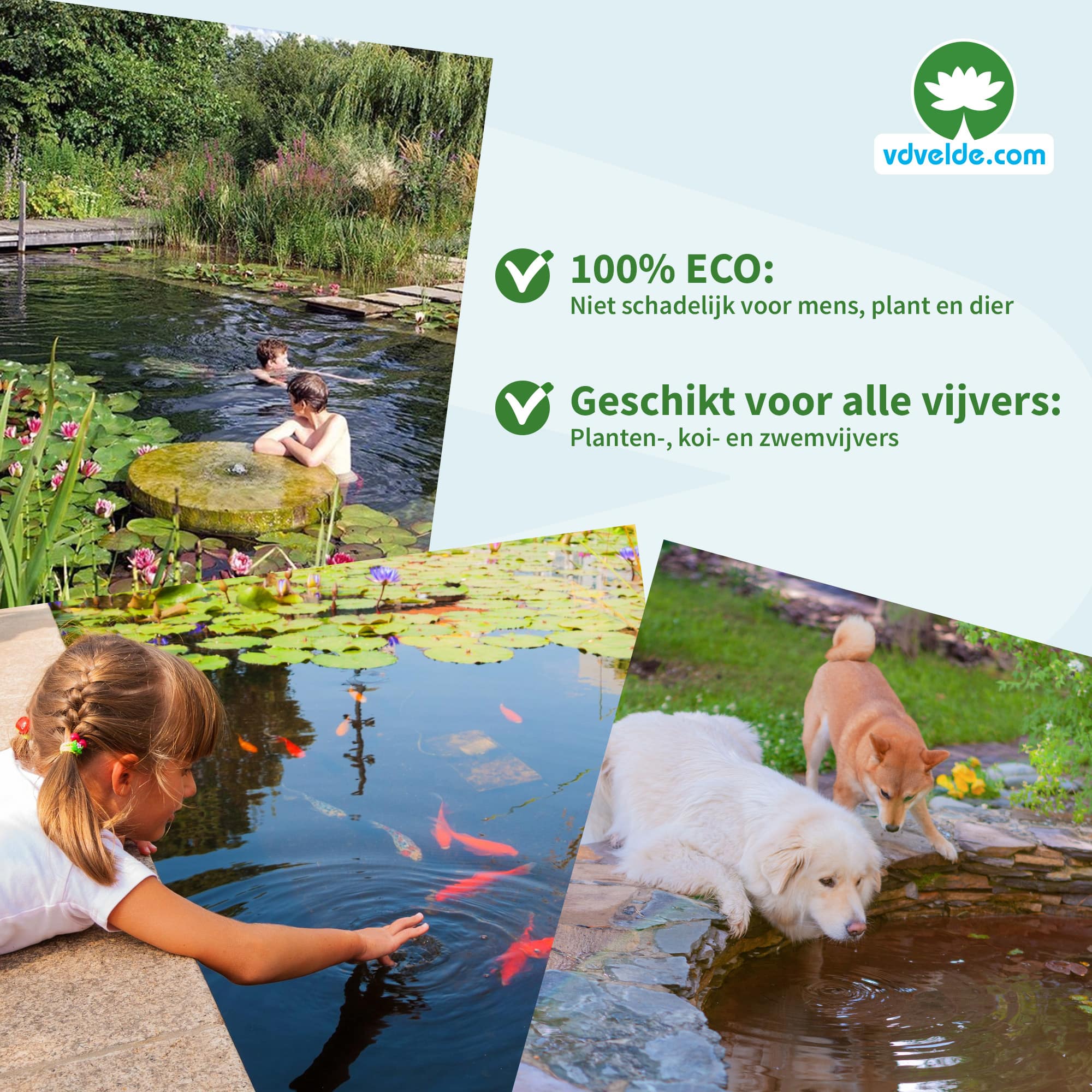The Future of Entertainment: Immersion, AI, and On-Demand Experiences
The Evolving Landscape of Entertainment
Entertainment is undergoing a seismic transformation, driven by rapid advances in technology, changing consumer expectations, and the rise of new business models. The future promises more immersive, personalized, and interactive experiences than ever before. Understanding how these changes are unfolding is essential for creators, businesses, and consumers seeking to thrive in this dynamic environment.
Immersive Experiences: From Passive Viewing to Active Participation
One of the most significant shifts in entertainment is the move toward immersion . No longer satisfied with passive consumption, audiences increasingly seek ways to engage directly with content. Immersive design-through virtual reality (VR), augmented reality (AR), and mixed reality (MR)-is redefining how stories are told and experienced. These technologies allow users to step inside narratives, interact with characters, and even influence outcomes. [1] Real-world examples include VR concerts, interactive museum exhibits, and location-based entertainment venues that blend digital and physical worlds.
For creators and operators, implementing immersive experiences involves several steps:
- Invest in VR/AR hardware and software development or partnerships.
- Train creative teams to design interactive, multi-sensory content.
- Test immersive projects through pilot programs and gather user feedback for refinement.
Challenges include high up-front costs and the need for specialized skills, but collaboration with technology providers and creative studios can help bridge these gaps. As hardware becomes more affordable, broader adoption is expected.
AI-Powered Personalization: Entertainment Tailored to You
Artificial intelligence (AI) is becoming central to the entertainment experience, enabling hyper-personalization at scale. Streaming platforms already use AI algorithms for recommendations, but the future holds even deeper customization. AI will power real-time content adaptation, dynamic storytelling, and interactive elements based on individual preferences. [1] By 2050, content could be generated or altered on-the-fly to suit a user’s mood, history, and even biometric feedback. [3]
To access AI-powered entertainment features:
- Ensure your devices and platforms are compatible with AI-enhanced services.
- Enable personalization features in your streaming or gaming profiles.
- Stay informed about privacy policies and data usage, as AI-driven experiences rely on user data.
Some challenges include data privacy concerns and algorithmic bias. Consumers are encouraged to review privacy settings and opt-out options on their entertainment platforms.
The Shift to On-Demand and Streaming Platforms
The decline of linear (scheduled) television is accelerating, with streaming and on-demand platforms now dominating the landscape. [4] By 2050, experts project that nearly all video content will be internet-based, offering users unprecedented choice and convenience. [2] Content will be distributed through multi-functional ecosystems, blending video, commerce, and interactive features.
To make the most of these changes:
- Compare streaming service features, such as content libraries, personalization, and device compatibility.
- Consider bundled offerings that combine video, music, and gaming for value.
- Monitor promotions and subscription options that allow for flexibility and cost management.
Some traditional broadcasters are transitioning to subscription-based or ad-supported models. For updates on these changes, users should check official company websites or consult industry news outlets.
The Rise of the Creator Economy and Interactive Content
The future of entertainment is decentralized, with individual creators and small studios gaining influence alongside major media companies. Platforms such as YouTube, Twitch, and TikTok have demonstrated the power of user-generated content and direct fan engagement. [3] By 2050, advanced tools will enable creators to generate high-quality interactive content with minimal resources, leveraging AI for editing, animation, and audience analytics.
For aspiring creators:
- Explore content creation tools provided by major platforms (e.g., YouTube Studio, Twitch Creative).
- Engage with online communities to learn best practices and build an audience.
- Keep up with trends in monetization, such as fan subscriptions, digital merchandise, and virtual events.
Challenges include platform competition and algorithm-driven discovery. Creators can mitigate these by diversifying content across multiple platforms and fostering direct relationships with their audience through newsletters or community forums.
Mobile Integration and the Future of Social Entertainment
Mobile devices are central to the entertainment experience, enabling content consumption anywhere and anytime. The future will see even deeper integration, with mobile apps supporting real-time engagement, gamification, and social sharing. [1] For example, live-streamed events may incorporate real-time voting, augmented overlays, and audience interaction via smartphones.
To take advantage of mobile entertainment:
- Update your devices and apps regularly to access the latest features.
- Participate in interactive events and communities through official mobile applications.
- Monitor app store reviews and security updates to ensure a safe and enjoyable experience.
Potential obstacles include device fragmentation and data costs, but cloud-based solutions and 5G connectivity are expected to expand access and performance.
Adapting to the New Content Economy
As entertainment becomes more personalized, immersive, and on-demand, both creators and consumers must adapt. Businesses should invest in technology, embrace flexible business models, and prioritize data-driven decision-making. [5] Consumers will benefit from exploring new platforms and engaging with emerging forms of content.
Key steps for businesses and consumers:
- For businesses: Stay informed about technology trends; invest in AI, VR, and data analytics; and foster partnerships with innovators.
- For consumers: Remain open to new experiences; actively manage privacy settings; and seek out diverse content sources.
Alternative approaches for businesses include collaborating with independent creators, experimenting with new content formats, and adopting sustainable streaming practices. [5]
Accessing Future Entertainment: Step-by-Step Guidance
If you want to experience the next generation of entertainment, consider the following:

Source: tumblr.com
- Stay updated with the latest offerings from streaming services and technology providers by visiting their official websites or subscribing to industry newsletters.
- Attend technology expos, entertainment industry conferences, or local VR/AR events to experience new formats firsthand.
- Search for “AI-powered entertainment platforms” or “immersive content experiences” on reputable technology news sites for the latest launches.
- If you are interested in content creation, join online forums, take advantage of free or low-cost editing tools, and connect with others through established creator networks.
- Monitor official announcements from major media companies for changes in subscription models or new interactive features.
When seeking new entertainment opportunities, always use official sources, company pages, or well-known technology news outlets. For government programs or regulations affecting content access, search the official website of the relevant agency (such as the Federal Communications Commission for US broadcasting).

Source: wayfair.com
References
- ICM (2025). Entertainment Industry Trends 2025: Innovation & Immersion.
- MediaVillage (2024). Vision 2050: Future of Legacy Television Media Companies.
- DataDrivenInvestor (2023). Unveiling the Mind-Blowing Content Trends of 2050.
- Future Timeline (2025). Future Timeline of predictions | 2025.
- EY (2024). Top five media and entertainment trends to watch in 2025.
MORE FROM hotondeals.com













